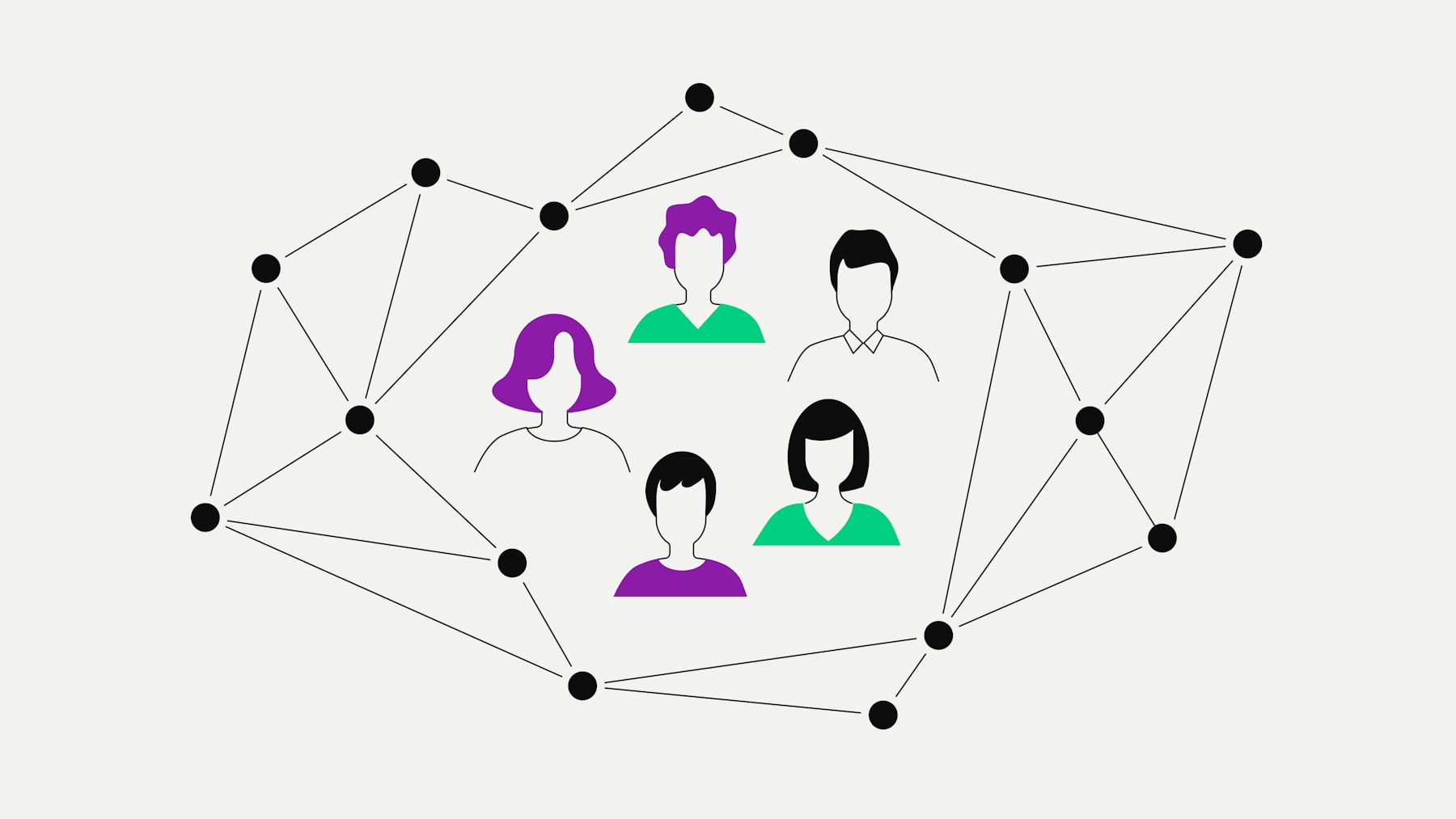The Dash DAO
In addition to a first network level consisting of the miners, Dash has a second level of full nodes called masternodes. Such masternodes host full copies of the Dash blockchain and fulfil certain functions such as fast (InstantSend) and anonymous (PrivateSend) transactions. Masternodes are also the foundation of the decentralised governance and treasury system in the Dash network. They receive 45% of the block rewards while 45% goes to the miners and the remaining 10% goes to the treasury.
In order to operate a masternode on the network, the prerequisite is a “collateral” payment of 1000 DASH. Each month, in a decentralised process, the protocol behind Dash randomly selects masternodes that are eligible to submit proposals and to vote on projects supporting the Dash ecosystem. Should a masternode turn out to be acting against the greater interests of the Dash community, a review process sets in that may even lead to its status being revoked.
It can be argued that DAOs like Dash are immutable once they launch their own chain, but as hard forks exist in that network, they are immutable until the dash community decides to alter certain rules.
Advantages and disadvantages of a DAO
In economics, corruption is regarded as a problem between principal and agent. The principal, for example, the people or a company owner, has an agent, a civil servant or manager who should be at his service. If the agent deliberately misuses its position of power to the detriment of the principal, they are corrupt.
Hence, the principal-agent theory states if an agent is able to act on behalf of other entities, this may cause a “moral hazard”, as the acting agent, by nature, is motivated to act in their own best interest rather than in the interest of others they are supposed to represent. However, an entire group of agents is more likely to act in the interest of others.
Based on this theory, DAOs mitigate moral hazard problems by redefining network processes, leadership and decision-making processes in an organisation.
